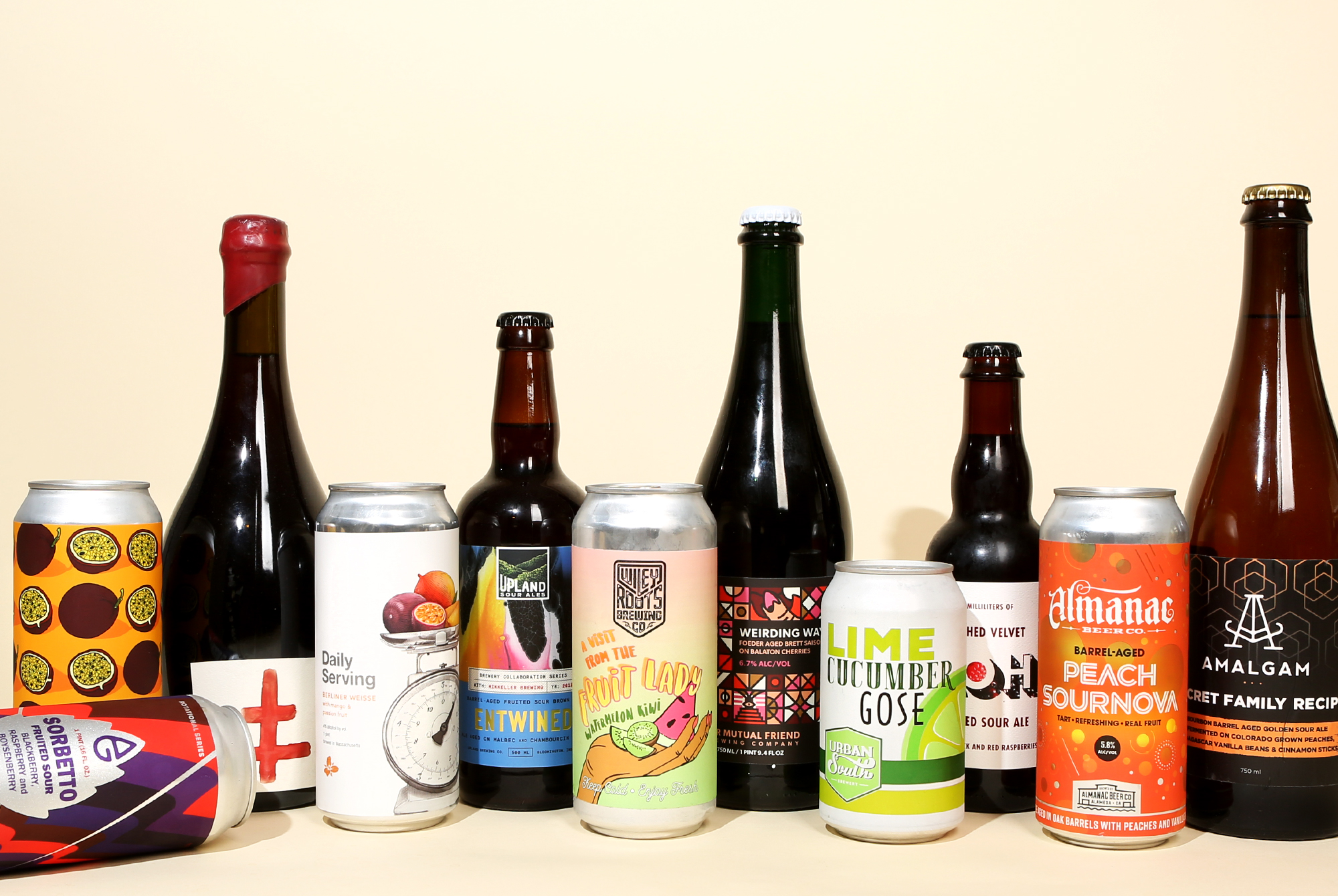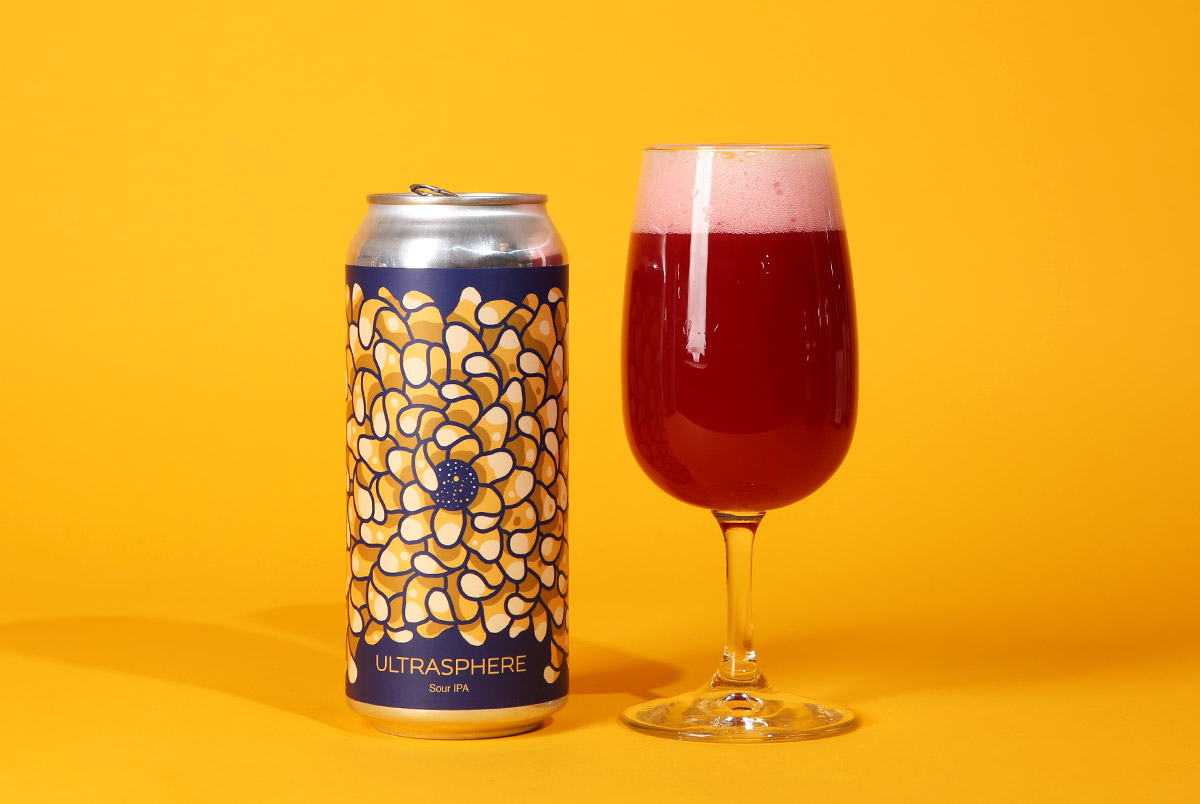Shop
Should Sour Beer Have its Own Category?
We need to change how we talk about sours.
You remember those “beer family tree” posters, right? Maybe you even had one hanging above your bed in your undergrad dorm? No? just me?
There were two general categories–ale and lager–and branching off of those were individual styles like stout, pilsner, pale ale, and American lager. There were even sub-styles like black IPA, Dortmunder, and amber ale, with examples from various breweries.
But what if there were a third category, beyond ale and lager? And what if this category was… sour beer?
The Case for the Sour Beer Category
That’s the question posed by Idle Hands’ Head Brewer Xandre Nicolson. In a blog post on Idle Hands’ site, Nicholson suggested that sour beer should be a ‘trunk’ (keeping in line with the family tree metaphor), with subcategories like gose, Flanders red, fruited kettle sours, mixed-culture beers, etc. branching off.
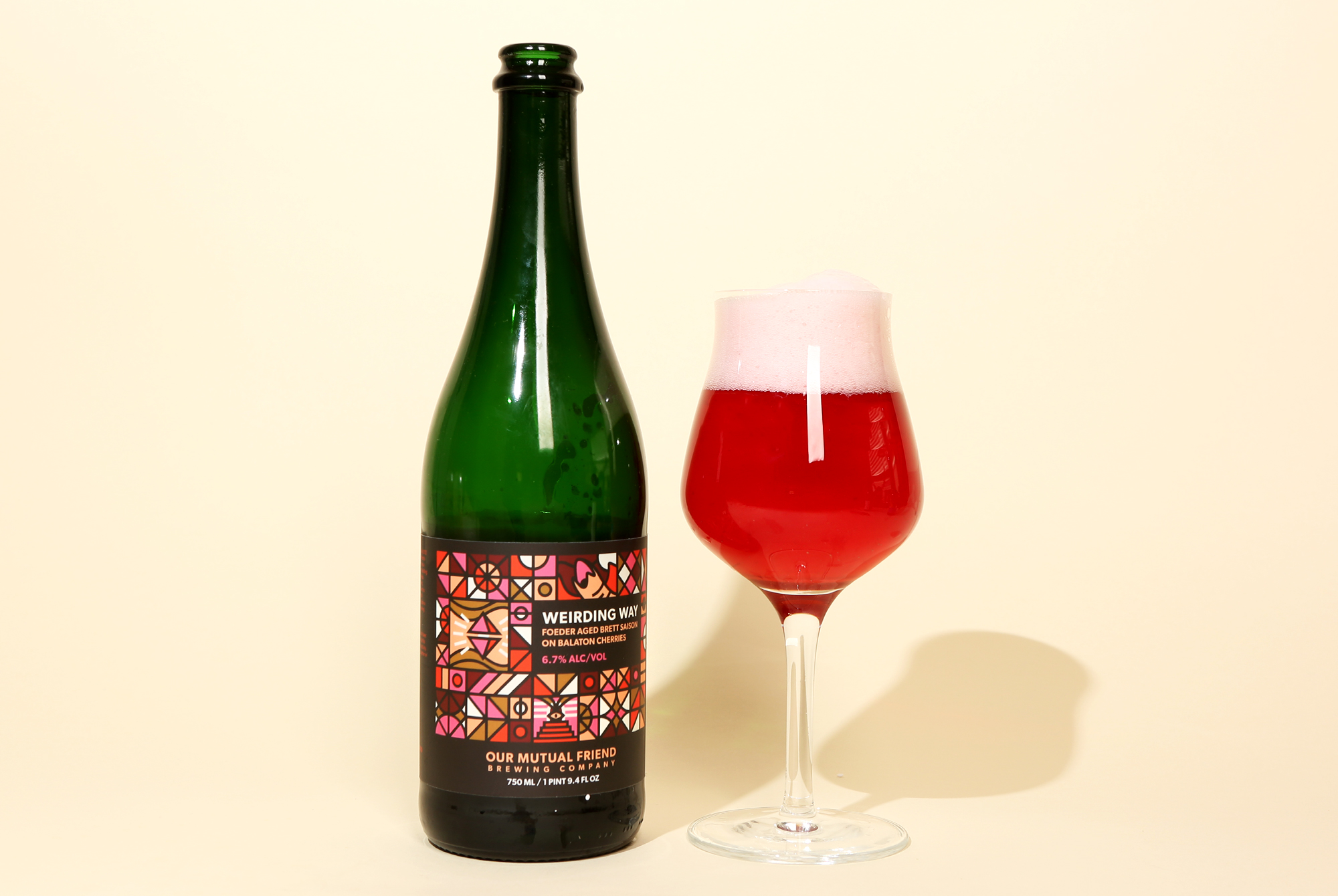
The thought experiment began while Nicholson served customers his beer.
“We were offering two ‘versions’ of sour beer,” Nicolson tells us. “We had one that was the popular, kettle sour-style with a big fruit addition. And we had another tap that held a mixed-fermentation beer. We always try to get people to try the mixed-fermentation beer because it’s neat and complex and we spend a long time working on those beers. But we found there was confusion if we were to put the word ‘sour’ in the description of the mixed-fermentation because people would send it back and say, ‘This isn’t sour.’ And they were coming from the point of view that all sours should taste like the kettle, fruited sour.”
Nicolson suggests that the flaw may be in the way brewers and servers describe beer.
“Maybe we need to stop saying this is a ‘sour ale’ and be more specific,” he maintains. “Let sour be a bigger family that’s got the styles within it.”
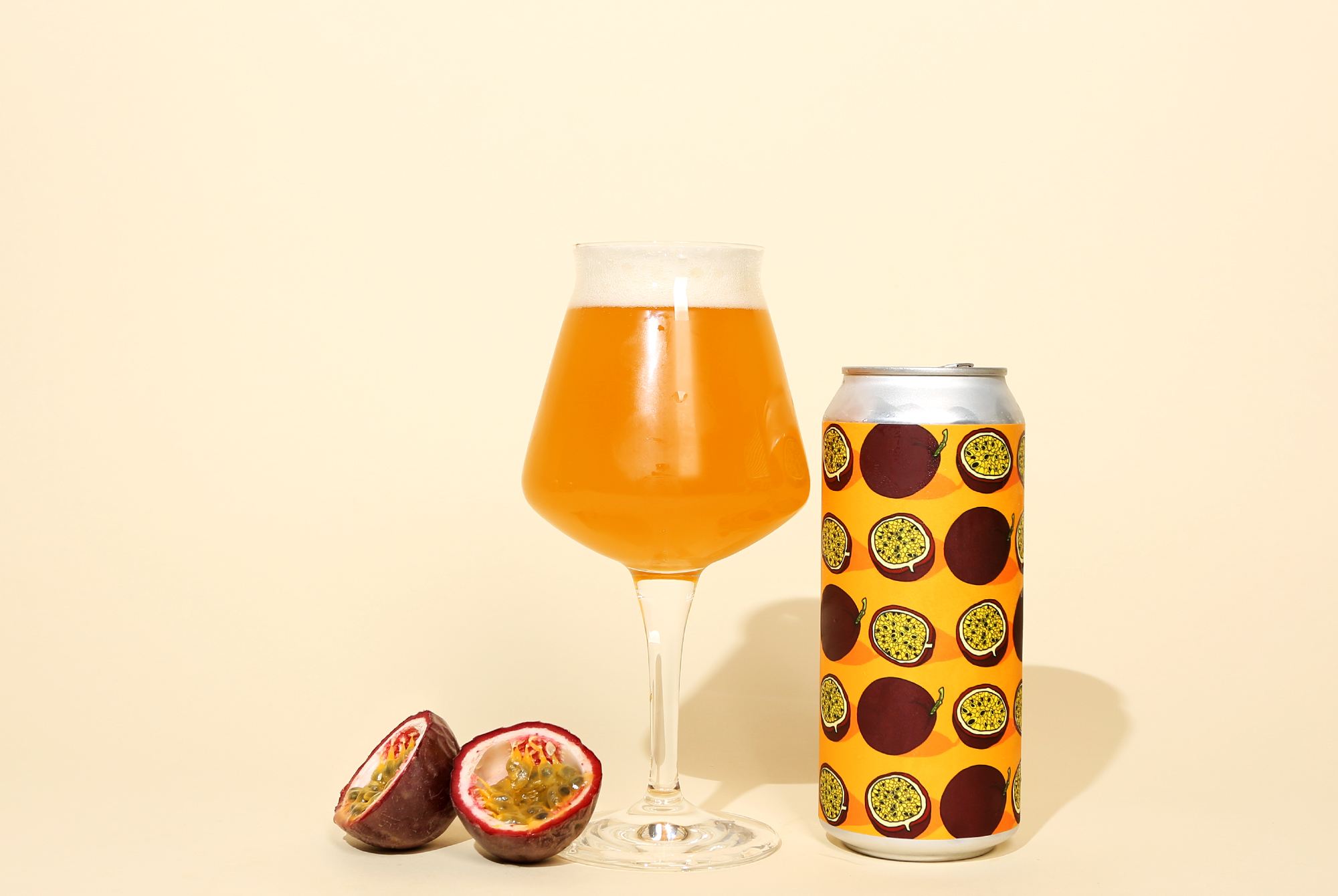
What Would Happen If We Separated Sour Beer From Ales and Lagers?
As Nicolson sees it, the consequence of change would be a better understanding of what customers seek. Kettle sours, beers that ferment in a stainless-steel kettle or fermenter instead of the traditional wooden barrel, have become exceedingly popular both for brewers and customers.
Typically, contemporary kettle sours are fruited or brewed with unfermentable milk sugar that results in a sweet/tart beer with a silky smooth mouthfeel. Modern American kettle sours now mimic fruit juice, milkshakes, or soda for a relatively ‘easy’ drinking experience. Plus, the quick process of pitched lactic acid and the short time spent fermenting in stainless steel means brewers can get beer to market more quickly. Kettle sours are the “gateway sours” in many brewers’ minds.
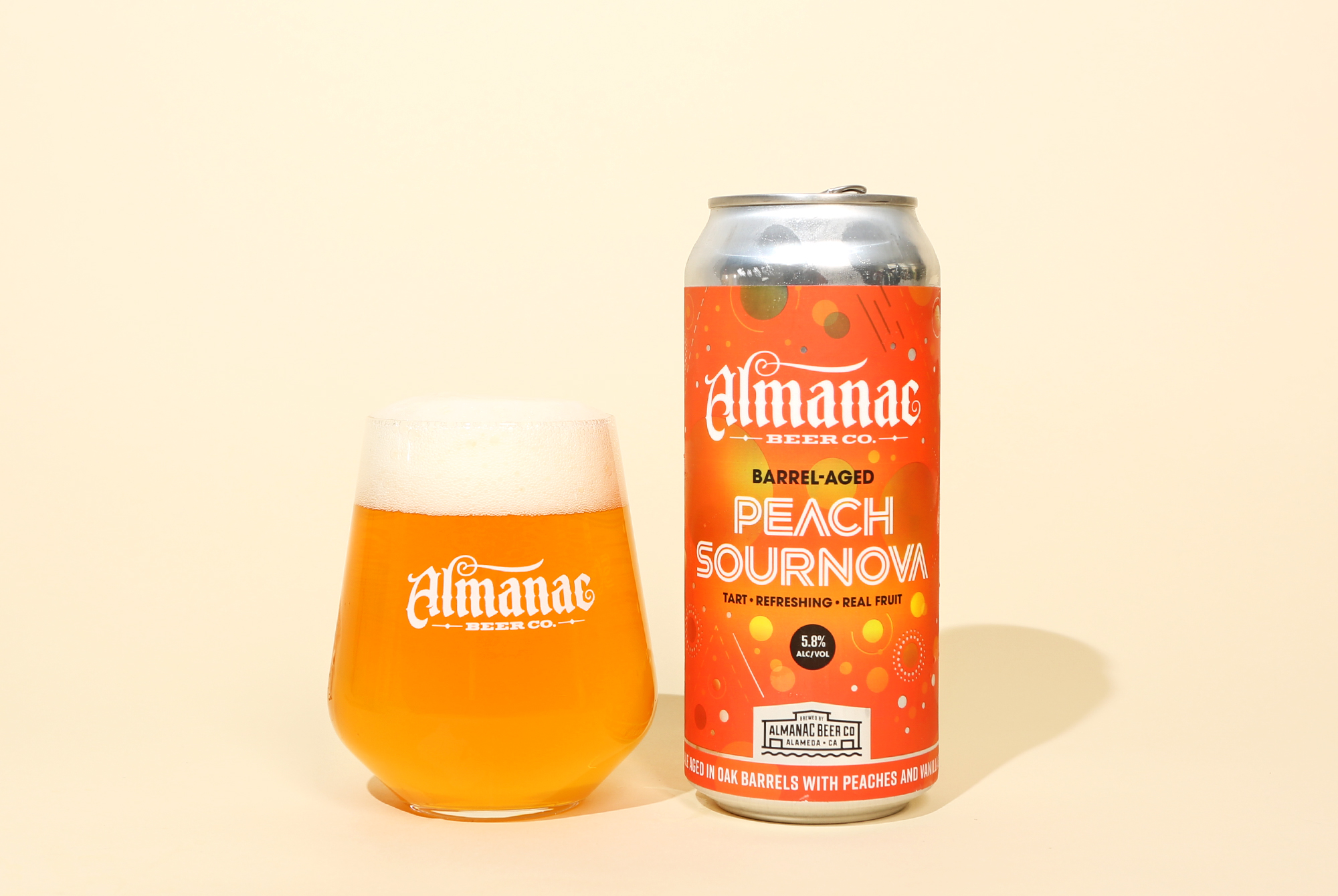
This is a wholly different product than more traditional sours, and the distinction needs to be made.
“The whole concept of branching out these different divisions is a great approach because that has to be done or else we lose the merits of what an aged mixed-culture beer is,” says Sean Burke, one of the head brewers at Von Ebert Brewing.
Philip Emerson, Head Brewer at Almanac Beer Co. in Alameda, CA, weighed in with support for thinking about sour as its own category, “We make broad distinctions between ales and lagers, and for the same reason, sour beers should have their own category, at least from ales and lagers.”
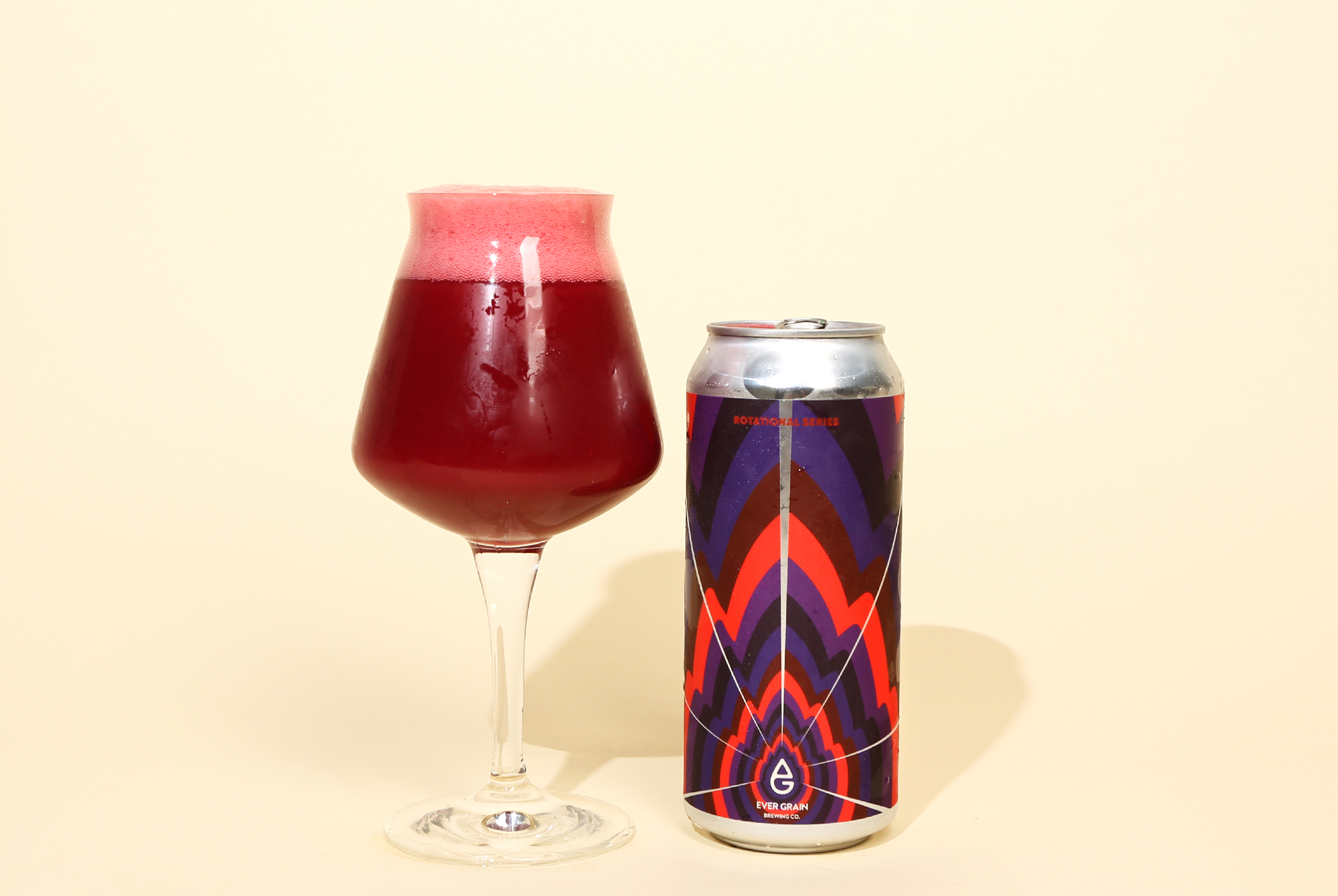
However, the difference between ale and lager is in the fermentation method. There is a “souring” process but that’s not as discrete as the ale/lager distinction. Where would a sour category comfortably fit in?
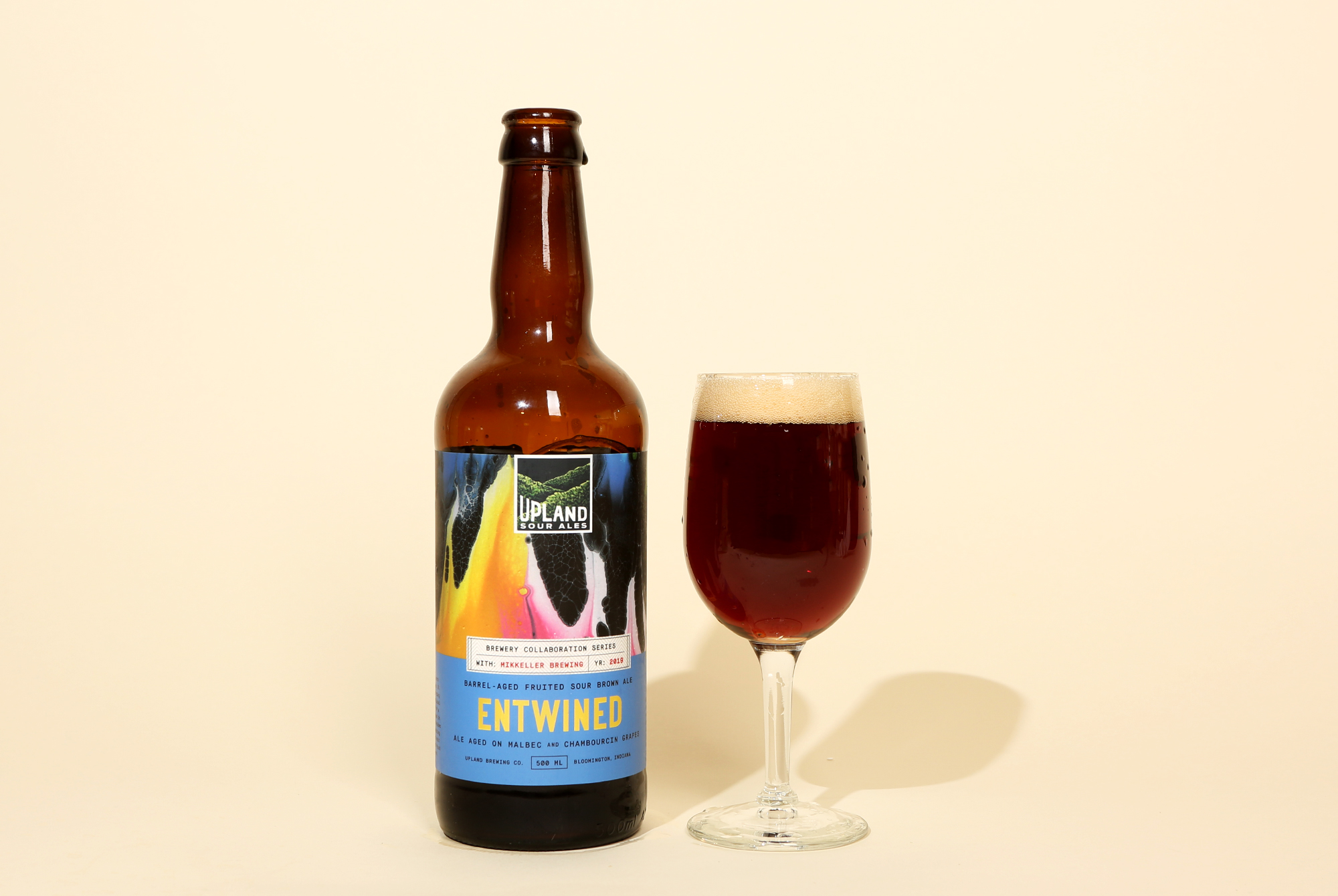
Can Sours Really Be Their Own Category?
It probably wouldn’t. But, for Nicholson, the thought experiment can end there; it’s a guide, not a rule.
“It would require pulling a lot of beers out of the ale category and putting them in the sour trunk,” he admits. But, he believes thinking in those terms could fuel more experimentation for brewers. And it would certainly aid in delineating the different beers typically dubbed “sour.”
“Within the sour family, this one is a fruity and mildly sour beer, this one is more like wine,” Nicolson adds.
Creating a “sour beer category” isn’t a perfect solution. And it doesn’t line up well with the ale/lager split (which itself isn’t a flawless distinction). But, the point Nicolson is trying to make is valid. Really, he’s suggesting an overhaul in sour beer description.
“There’s a need for education in this area,” he says. “There needs to be a shift in how beer that presents itself as tart, acidic, funky, sharp, acetic, or otherwise sour is described.”
“I think the best way we can talk about sour beer is to describe it as more than sour,” shares Emerson. “I think sour should be used, it cuts to the punch about more of what to expect than what not to expect, but we should develop our bartenders’ vocabulary to describe more about it than just sour. How sour? Is it lightly tart? Is it a complex multi-acid sour, or is it single lactic noted? If it’s a mixed-ferm, which fruits are you thinking of when tasting combos of the esters and acids?”
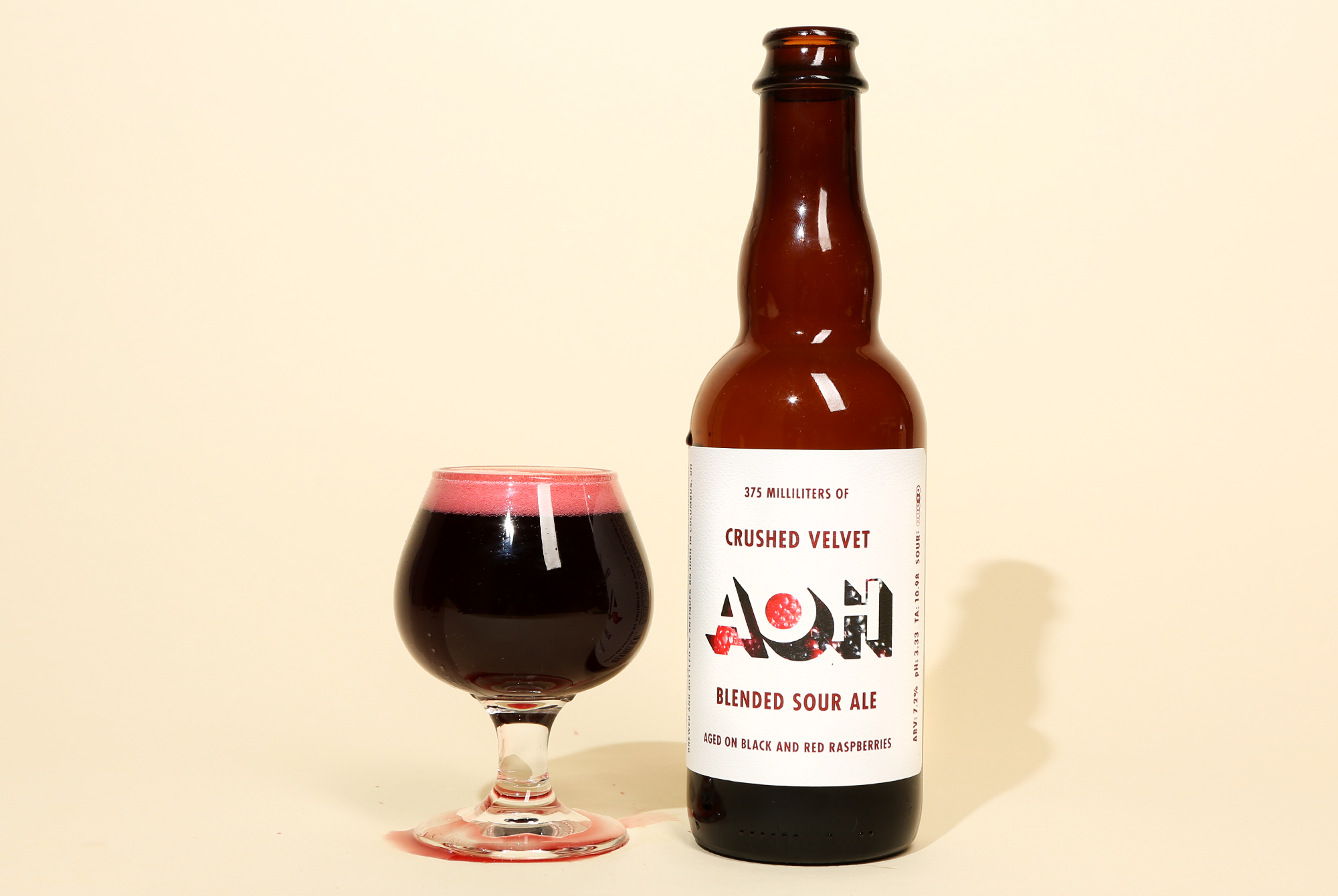
A Solution to Differentiating Sour Beers
“I hate the term ‘sour beer,'” says Von Ebert’s Burke. “It presents beer at its lowest common denominator.”
Sour, like sweet, bitter, or savory, is a flavor descriptor. A beer is sour because of the way it tastes. Compare “sour beer” to “hoppy beer.” What does a customer mean when they say they do or don’t like “hoppy beers?” Hops impart taste and aroma across a gamut of flavors — floral, bitter, fruity, funky, spicy. These are all possibilities in hop-forward beer.
The answer: stop saying, “This is a sour beer.” Don’t be lazy. Describe the process. Name the specific style.
For Emerson at Almanac, a solution might be relating beer to food or known flavors: “‘This tastes like peaches or this has a clove spice.’ Folks that tend to like ciders and wines, seem to be more willing to convert to sour beer. Food is a gateway, and the right pairing can help too.”
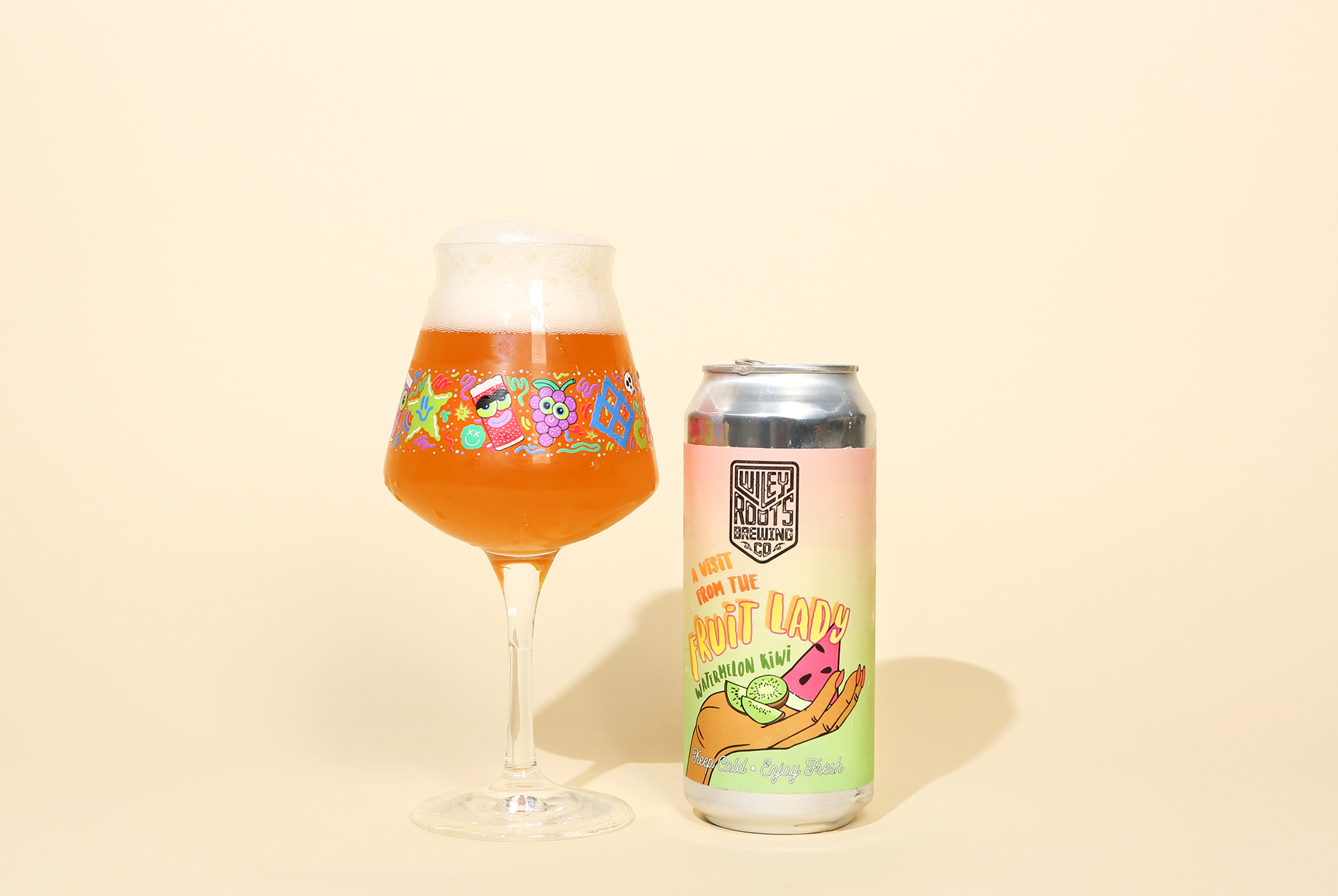
The onus falls on servers and brewers–and writers (I’m not completely in the clear here)–to adequately explain what people are drinking. If you want customers to be specific in what they’re seeking, you need to do the work and have a conversation that doesn’t end with “here’s our sour beer.” Personally, I wouldn’t necessarily recommend reprinting those college dorm room beer family tree posters with a sour trunk. But, I do think specificity is important.
For Burke at Von Ebert, it’s a simple solution that starts in the taproom, “Transparency is paramount. It takes a little bit of engagement.”
Liked this article? Sign up for our newsletter to get the best craft beer writing on the web delivered straight to your inbox.

